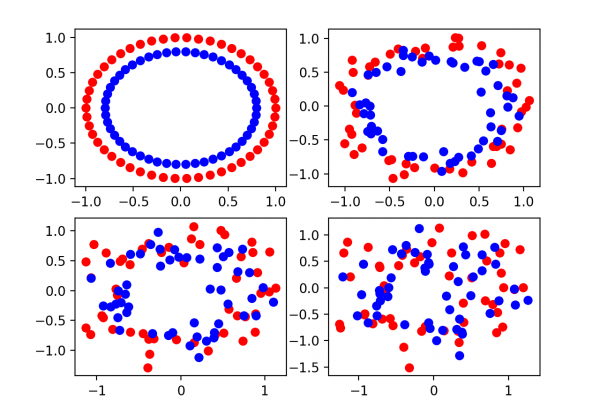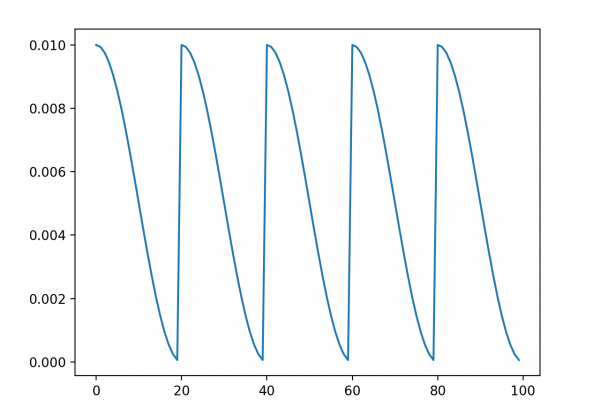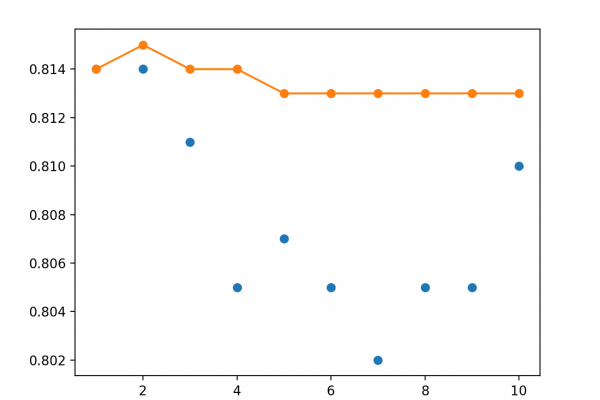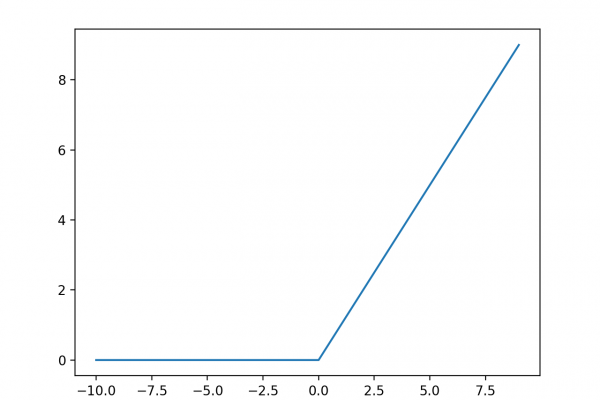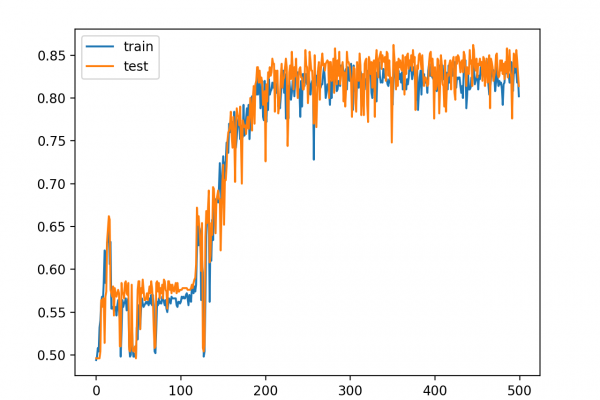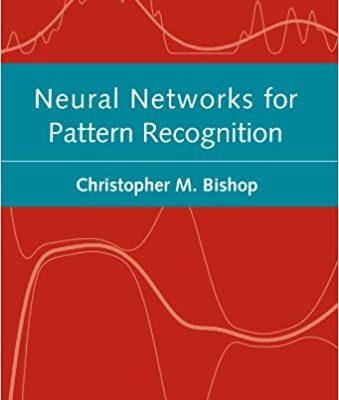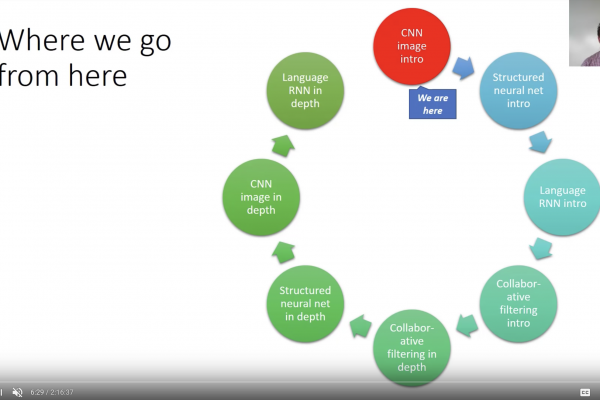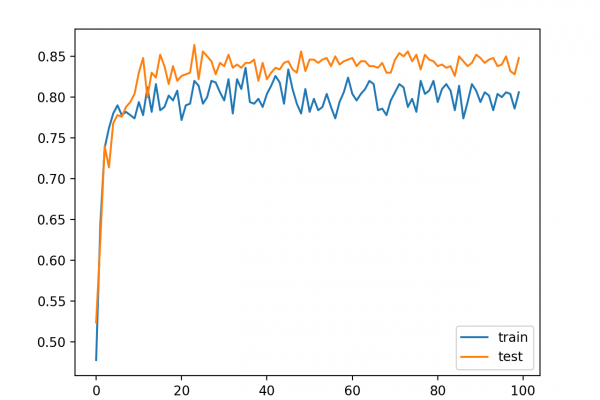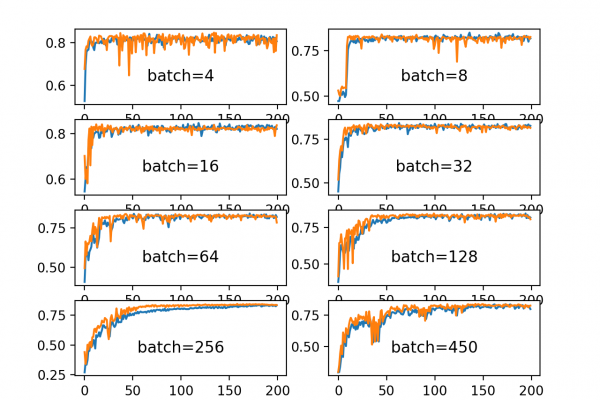Impact of Dataset Size on Deep Learning Model Skill And Performance Estimates
Last Updated on August 25, 2020 Supervised learning is challenging, although the depths of this challenge are often learned then forgotten or willfully ignored. This must be the case, because dwelling too long on this challenge may result in a pessimistic outlook. In spite of the challenge, we continue to wield supervised learning algorithms and they perform well in practice. Fundamental to the challenge of supervised learning, are the concerns: How much data is needed to reasonably approximate the unknown […]
Read more